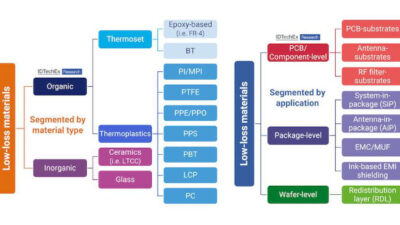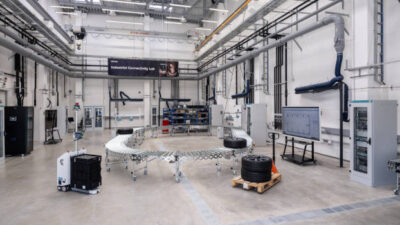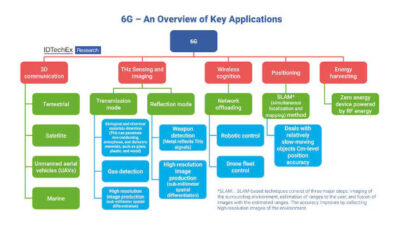Wireless tutorial: The addition of power saving algorithms to the IEEE 802.11ah standard is designed to allow associated devices to run for weeks or even years without a battery replacement. The standard specifies traffic information map (TIM) and non-TIM as two modes of power saving.
Many devices that fall under the IEEE 802.11ah standard are anticipated to be battery powered. The addition of power saving algorithms to the standard is designed to allow associated devices to run for weeks or even years without a battery replacement. The standard specifies two modes of power saving: traffic information map (TIM) and non-TIM. TIM stations are always on and ready to receive data. TIM stations continually monitor the wireless medium. Non-TIM stations will enter an offline "doze" state and will be unable to receive data; data is buffered at the access point (AP) and transmitted to the device when it becomes active and requests download.
Because a large number of stations are expected on these networks, new methods of medium contention and access have been implemented, particularly for non-TIM stations. Suppose several hundred stations "wake up" at the same time and try to download buffered data. This would create excessive delays and collisions as these stations attempt to acquire the medium. 802.11ah defines a target wake time (TWT), which is exchanged during station association with the AP. The TWT determines how, when, and how often a station wakes up. This allows the AP to avoid chaos by spreading out the wake up times of the several hundred (or thousand) stations.
For TIM stations, an additional medium contention method is recommended for a restricted access window (RAW). This proposal is driven by the increase in medium contention due to the large number of associated stations and the expected widespread instances of hidden nodes that will result from a large network of widely separated devices. RAW is a time period composed of several time slots where the station is allowed to transmit data. The RAW parameter set (RPS) indicates the RAW start time, duration, and the station or stations to which the RAW is assigned. RAW would be used in addition to previously defined 802.11 medium contention mechanisms such as enhanced distributed channel access (EDCA).
A technique called group sectorization, which is similar to RAW, is used to group stations based upon the station’s position. A beamformed beacon broadcasts the AIDs of stations in a particular sector; if the station does not belong to that sector, it is not allowed to access the medium. The AP has the option of making a sector omnidirectional, allowing all stations to contend, or it may allow multiple sectors to overlap. This technique, in conjunction with the power saving methods described, enhances spectral efficiency. It also reduces the problem of hidden stations because of the directed nature of the broadcast.
Stations are divided into two groups: sensor stations and offloading stations. Sensor stations ("Z-class") transmit low-speed traffic in short packets and are assumed to have limited power and data capabilities. Sensor stations are typically battery powered and are optimized to transmit in short bursts, after which they may have to enter a power recovery period. Offloading stations ("H-class") are used to transmit high-speed, high-bandwidth traffic such as video streams. These stations can be laptops or wireless cameras. Three types of basic service sets (BSS) are also defined: sensor only, nonsensor only, which consists of only offloading stations, and mixed mode, containing both types.
IEEE 802.11ah holds great promise in being able to facilitate large, wide area networks of independent, low-power devices without relying upon wired infrastructure, which would render this type of connectivity impractical. The propagation characteristics of the 900 MHz spectrum allow for much larger networks than would be possible with conventional Wi-Fi networks. Throughput is also improved thanks to the proposed contention mechanisms. IEEE 802.11ah, expected to begin in early 2016, may spark a plethora of inexpensive and useful wireless network devices within the process and control industry.
– Daniel E. Capano, owner and president, Diversified Technical Services Inc. of Stamford, Conn., is a certified wireless network administrator (CWNA); [email protected]. Edited by Chris Vavra, production editor, CFE Media, Control Engineering, [email protected].
ONLINE extras
Wireless has other wireless tutorials from Dan Capano on the following topics:
Wi-Fi standard designed for large-scale sensor, IoT applications
Wireless security: Wireless intrusion detection systems and wireless attacks
Wireless security: Cryptology basics, fundamentals
Upcoming Webcasts has wireless webcasts, some for PDH credit.
Control Engineering has a wireless page.



